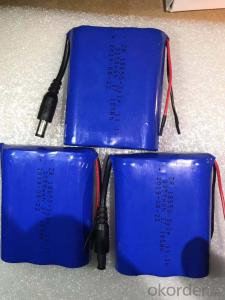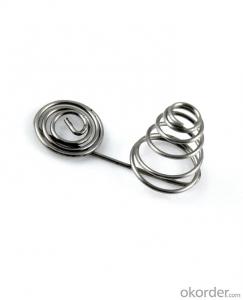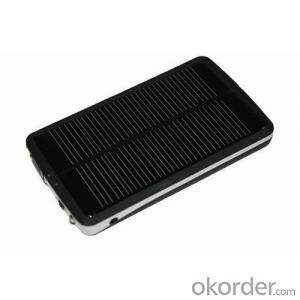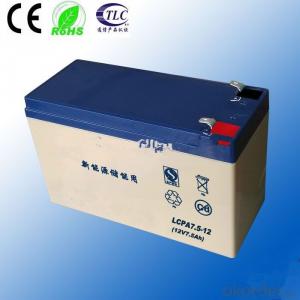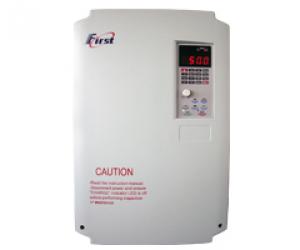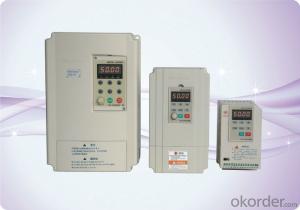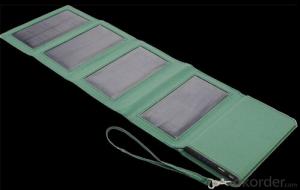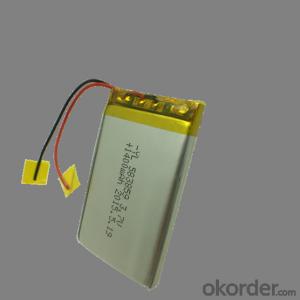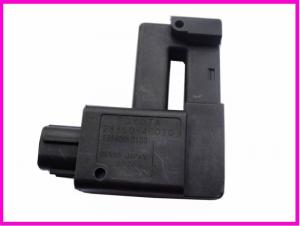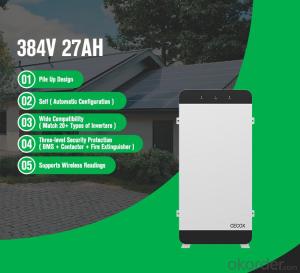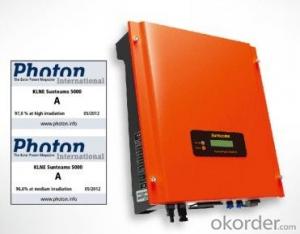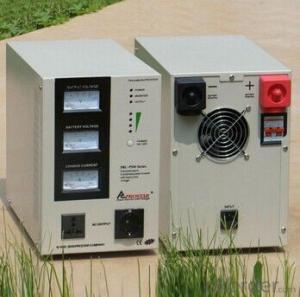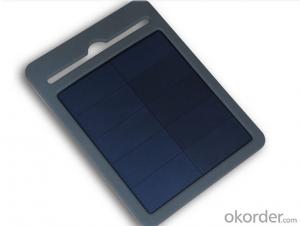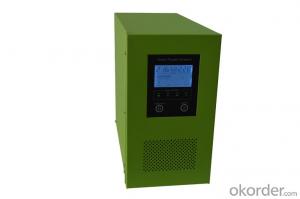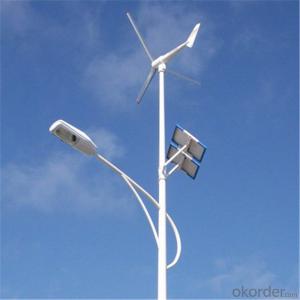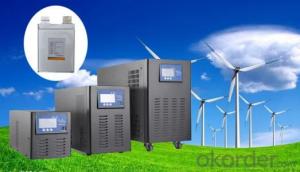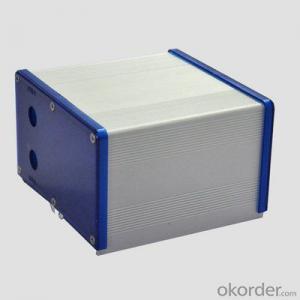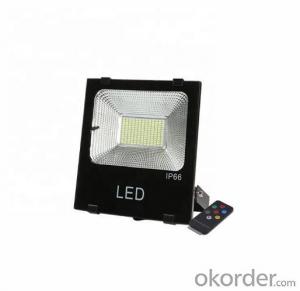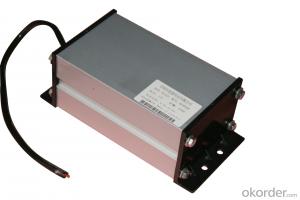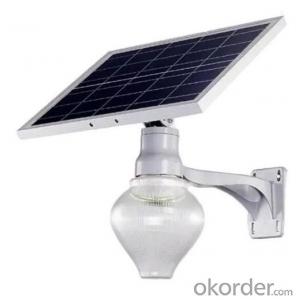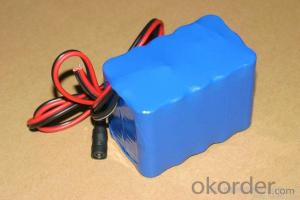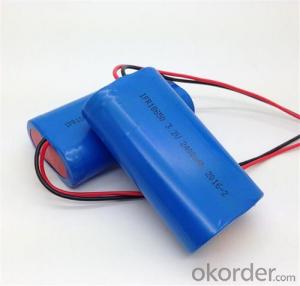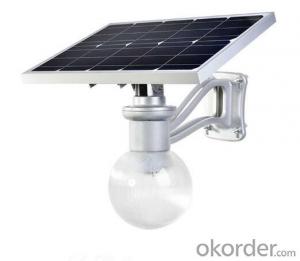Best Solar Inverter Battery
Best Solar Inverter Battery Related Searches
Best Solar Battery Inverter Best Solar Inverter Charger Best Solar Inverter Best Solar Power Inverter Solar Inverter Battery Best Inverter Solar The Best Solar Inverter Inverter Solar Battery Solar Battery For Inverter Solar Inverter Best Solar Best Inverter Best Inverter For Solar Best Inverter For Solar System Which Solar Inverter Is Best Solar Power Inverter Battery Best Solar Inverter Generator Best Solar Panel Inverter World Best Solar Inverter Best Inverter Solar System Solar System Inverter Battery Solar Battery Inverter Battery Solar Inverter Solar Inverter Battery Price Solar Inverter For Battery Solar Battery With Inverter Inverter Solar Panel Battery Solar Inverter Battery Combo Best Solar Hybrid Inverter Best Solar Inverter Brands Inverter Battery SolarBest Solar Inverter Battery Supplier & Manufacturer from China
Best Solar Inverter Battery is a high-quality product that is designed to store and efficiently convert solar energy into usable power for various applications. These batteries are essential components in solar energy systems, as they help to store the energy generated by solar panels during the day, ensuring a continuous supply of electricity even when the sun is not shining. The versatility of Best Solar Inverter Battery makes them suitable for a wide range of applications, including residential, commercial, and industrial settings. They can be used to power homes, businesses, and even off-grid locations, making them an essential part of sustainable energy solutions.The usage scenarios for Best Solar Inverter Battery are vast, as they can be integrated into various solar power systems to provide reliable and efficient energy storage. They are particularly useful in areas with inconsistent sunlight or during periods of high energy demand, ensuring that there is always enough power available to meet the needs of the users. Moreover, these batteries can also be used in combination with other renewable energy sources, such as wind turbines, to create a more resilient and sustainable energy system.
Okorder.com is a leading wholesale supplier of Best Solar Inverter Battery, offering a large inventory of these high-quality products to customers worldwide. With a commitment to providing the best possible service and products, Okorder.com ensures that customers have access to the latest technology and the most reliable solar energy storage solutions. By partnering with reputable manufacturers and maintaining a vast inventory, Okorder.com is able to offer competitive prices and fast shipping, making it the go-to source for Best Solar Inverter Battery and other solar energy products.
Hot Products
